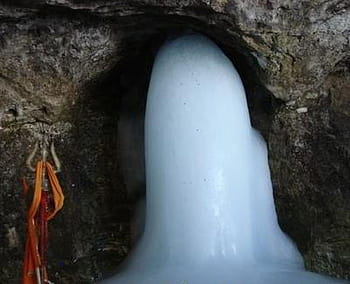Amarnath Yatra
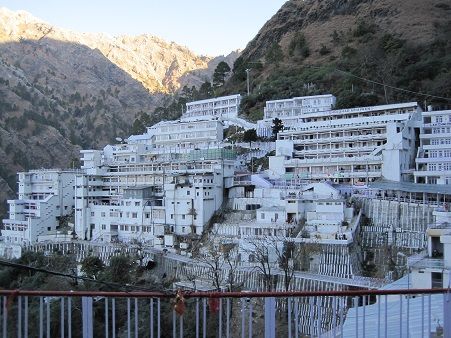
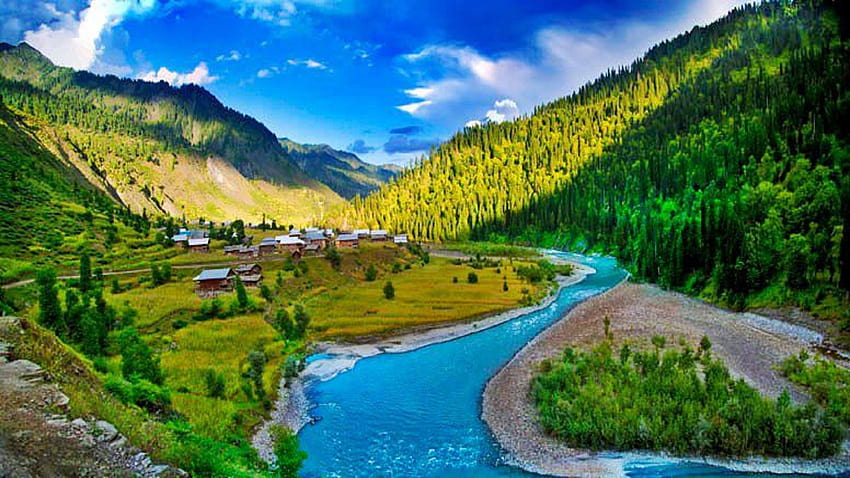
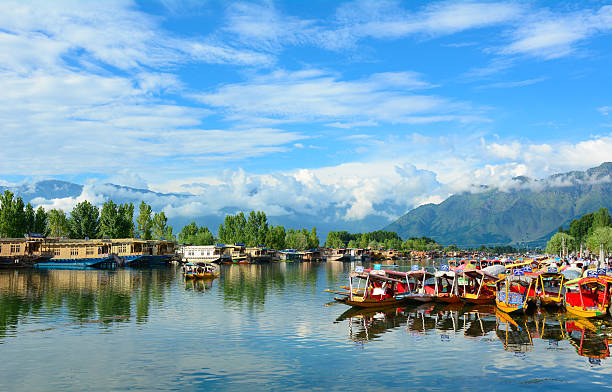
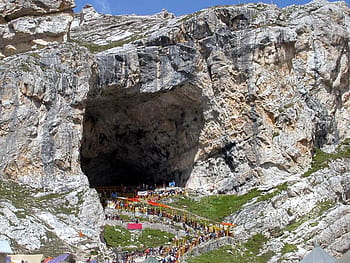
11 Day 10 Night
Day 1:Bhuj-Delhi by train
Day 2:Delhi-Jammu by train
Day 3:Jammu arrival.Jammu-Shrinagar by tampo travels.After check-in Dinner.Evening visit to Dal lake
Dal lake: Dal is a lake in Srinagar, the summer capital of the Indian-administered Jammu and Kashmir in the disputed Kashmir region.[1] It is an urban lake, the second largest lake in Jammu and Kashmir, and the most visited place in Srinagar by tourists and locals. It is integral to tourism and recreation in the Kashmir valley and is variously known as the "Lake of Flowers",[2] "Jewel in the crown of Kashmir"[3] or "Srinagar's Jewel".[4] The lake is also an important source for commercial operations in fishing and water plant harvesting.
Day 4:Breakfast 7:00.Shreenagar city tour.
Shankracharya temple: The Shankaracharya Temple or Jyeshteshwara Temple is a Hindu temple situated on top of the Shankaracharya Hill on the Zabarwan Range in Srinagar in the Indian union territory of Jammu and Kashmir. It is dedicated to the Hindu god, Shiva. The temple is at a height of 1,000 feet (300 m) above the valley floor and overlooks the city of Srinagar.
Shalimarg bhag: Shalimar Bagh is a Mughal garden in Srinagar, Jammu and Kashmir, India, linked through a channel to the northeast of Dal Lake. It is also known as Shalimar Gardens, Farah Baksh, and Faiz Baksh. The other famous shoreline garden in the vicinity is Nishat Bagh, 'The Garden of Delight'. The Bagh was built by Mughal Emperor Jahangir in 1619. The Bagh is considered the high point of Mughal horticulture. It is now a public park and also referred to as the "Crown of Srinagar".
Afternoon Lunch Than go for baltal.Check-in tent.Tent between 8-10 people.
Day 5:Baltal-Amarnath-Baltal(18+18km by steps)
Amarnath: Amarnath Temple is a Hindu shrine located in the Pahalgam tehsil of the Anantnag district of Jammu and Kashmir, India. A cave situated at an altitude of 3,888 m (12,756 ft),[1] about 168 km from Anantnag city, the district headquarters, 141 km (88 mi) from Srinagar, the summer capital of Jammu and Kashmir, reached through either Sonamarg or Pahalgam. It is an important shrine in Hinduism.
Day 6:Baltal-Katra.Lunch on way.Dinner when arrival katra hotel.
Day 7:katra-shivkhodi
Shivkhodi parking to temple(4+4km walkable)
Shivkhodi: In Reasi district, there are many shrines such as Mata Vaishno Devi, Merhada Mata is one of them located in Ransoo a village in the Pouni block in Reasi district, which attracts lakhs of devotees annually. Shiv Khori is situated in between the hillocks about 140 km north of Jammu, 120 km from Udhampur and 80 km from Katra.and light vehicles go up to Ransoo, the base camp of pilgrimage. People have to traverse about 3 km on foot on a track recently constructed by the Shiv Khori Shrine Board, Ransoo duly headed by the Divisional Commissioner Jammu as chairman and District Development Commissioner, Reasi as vice-chairman.
Lunch at shivkhodi and Dinnner at arrive at katra.
Day 8:Katra-Vaishnodevi-Katra(12+12km)
Vaishnodevi: Vaishno Devi Temple, also referred to as Shri Mata Vaishno Devi Temple and Vaishno Devi Bhavan, is a Hindu temple dedicated to goddess Vaishno Devi, one of the major forms of the supreme goddess Durga.[1] It is located in Katra, Reasi on the slopes of Trikuta Hills within the union territory of Jammu & Kashmir in India.[2][3][4] Shakta traditions consider the temple as one of the 52 Maha (major) Shakti Peethas dedicated to Durga.[5] The temple is governed by the Shri Mata Vaishno Devi Shrine Board (SMVDSB), chaired by the Government of Jammu and Kashmir in August 1986.
Day 9:Katra-Delhi by train
Day 10:Delhi-Bhuj by train.
Day 11:Bhuj arrival.
HAPPY JOURNEY.
